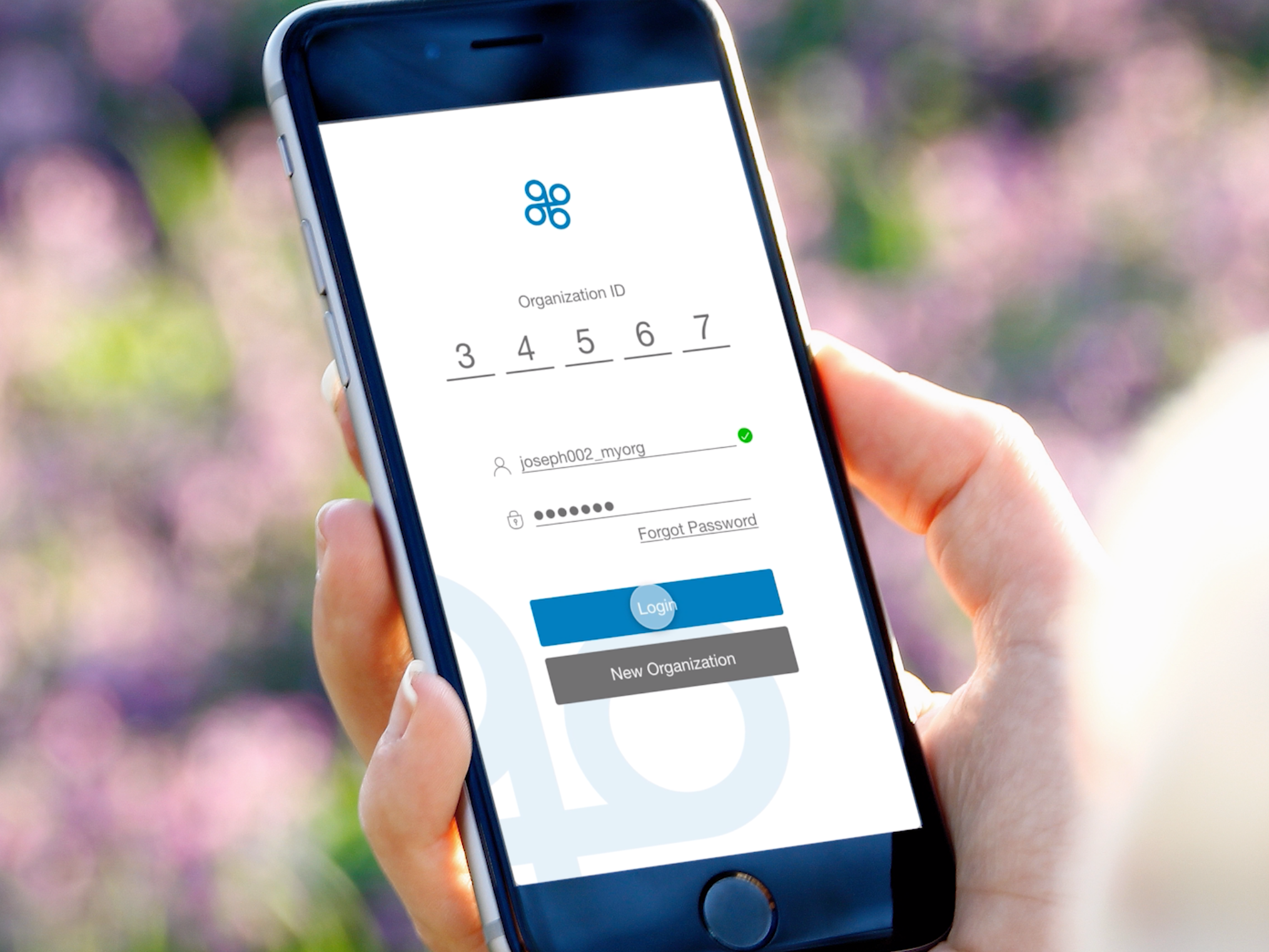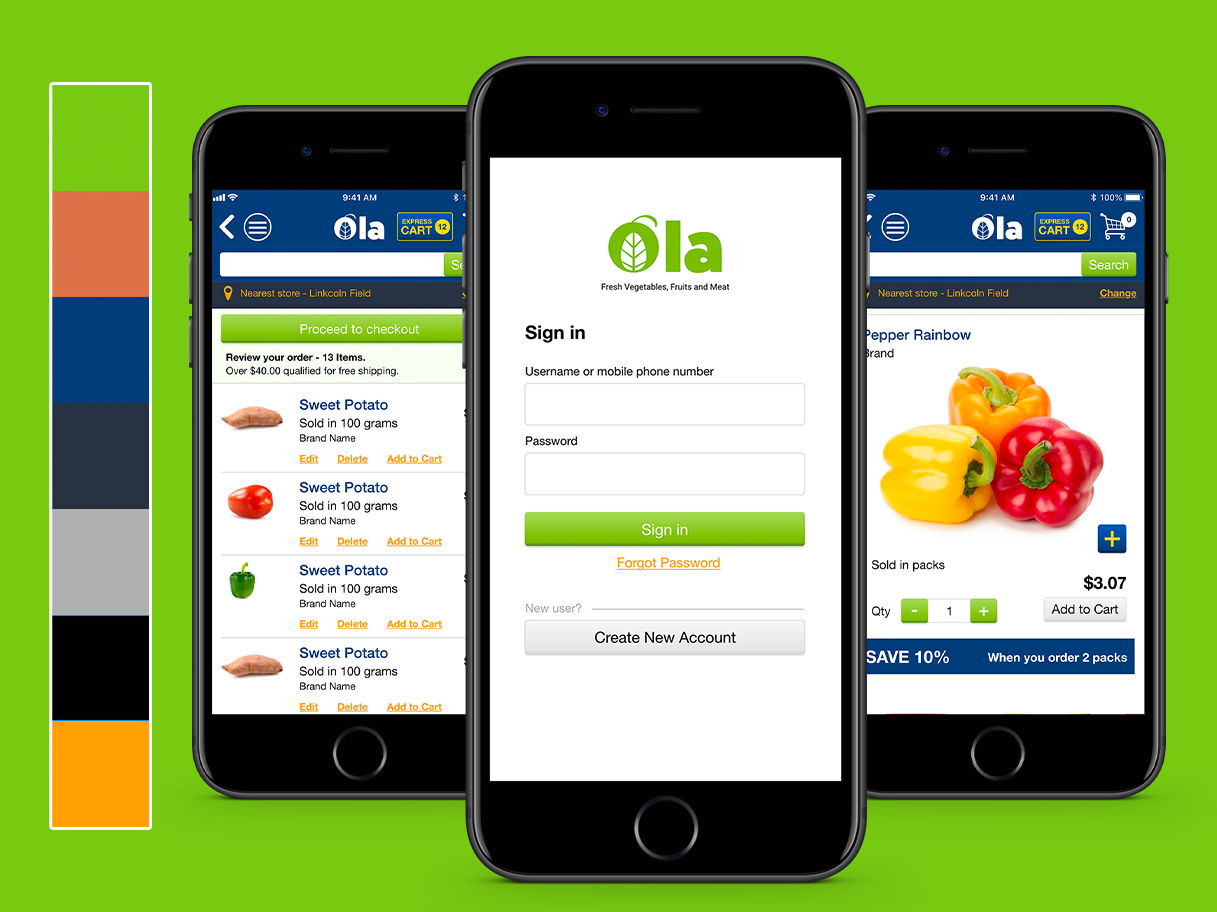Product Introduction: Self-Service Kiosk interface for Ottawa Public Library. The sole purpose of this kiosk is to develop a simple and convenient system so that more library users can use it with much help.
Creating User Personas is an initial step when we start working on a product. Whether it is a new product or improving the existing product, a user persona uncomplicates the expectation(s), hints at a few paths to resolution and eventually, helps to reach a potentially better user experience.
Running a Survey is a quick and relatively easy way to get data about your users. Writing questions for survey is an important part in this process. Good questions will get you reliable data and bad questions will lead to bad data.
Once all the requirements are collected next, we break down the complete project into tasks and subtasks. Hierarchical Task Analysis is an excellent exercise to conduct within your team to make sure you are not missing any step in the process. We can categorize this hierarchy as Main Task, Sub Task, and User Interaction to reach the goal. Researches can even include further plans and steps in different scenarios that the user can perform to reach the goal. Next part of this exercise is to jot down all the User Interactions with suggestions & recommendations for other stakeholders.
After breaking down the complete project into different tasks and subtasks we define the characteristics for each task based on Accessibility, Skills Required, Clarity, Hazards, Frequency, and Location. Following is a screenshot of Task Characteristics for "Search Book" Task.
User Stories or Scenario put life in the lifeless and fictional Personas. Once we have a real story from the user, it is easy to craft a scenario that would help our product users to effectively and efficiently achieve the goal. Personas and scenarios work together to accomplish a single goal: for the team to understand how the design should adapt to the needs of different users.
Ariane Reid, 67, is a retired University Professor from York University. Her husband, James Reid, 71, is a Content writer, who writes for a corporate magazine from home. Both decided to sell the apartment in Toronto and came to Ottawa two years ago. The couple bought a small house in Ottawa. Their younger daughter, Lisa, is also settled in this city. But this is not the why Ariane chooses Ottawa; the main reason is that she wanted to spend time with her grandchildren Mike and Gaby. Mike, 11, and Gaby, 8, usually spend their weekends and vacations with their grandparents. Both loves to listen to fairy tales from Ariane.
Ariane loves reading. She is a registered user at the ‘Ottawa Public Library’ and visit this library three to four times a month. She owns an iPhone Plus and an old laptop, but she is not very friendly with computer and modern tech equipment. On her daughter’s recommendation, she tried digital reading. She bought an e-book but gave up the idea of reading from bright screens after a couple of days and never finished the e-book.
Ariane and James use to travel twice a year. This time they are going to Mexico for three weeks. The idea of relaxing at the Paradise Beach with a good book sounds good. Both are preparing for their holidays, and they have three days before they board the flight. She has quite a few items on her shopping list today, and she decides that on her way back she will visit the Library. She has to return two books and borrow new ones.
She arrived at the library around 4’o clock in the evening. There is only one kiosk at library, and already one reader is in the queue in front of her. Ariane’s number in the line is third. After 7 minutes of waiting she finally reach the machine. To log in to her account, she taps the library card on the scanner, and immediately system displayed her information on ‘Home’ screen to indicates that her account is logged in. She taps on the ‘Return’ icon. The system displayed three books issued on her name, today she wants to return only two books and will extend the borrow period for third. She taps the first book on the list and confirms the return by pressing the ‘OK’ button on the dialog box. She taps on the second book and again confirms the return by hitting the ‘OK’ button. Now she noticed that she mistakenly confirms the return of the wrong book. Because of the same author she was not able to distinguish between both. This error could be avoided if there was a picture of the cover with the book names. If the system asked her to enter the book id before process the return this error must not occur. She called the librarian who re-issued the book she wrongly returned and helped her process the return of the correct one. She requested the librarian to extend the borrow period of the third book. The librarian told her that there is no need to extend the period as this book is re-issued again today for one month.
Ariane carefully comes back to the ‘Home’ screen and tap on ‘Borrow’ icon, and she landed on ‘Borrow a Book’ screen. The system is asking for ‘Book ID.’ To proceed from here she has to get the book first. She goes back to the ‘Home’ screen and conducts ‘Search’ to find a book in the ‘Lifestyle’ category. She read the description of various books and liked two of them ‘Dare to Lead – by Brene Brown’ and ‘Feeding My Mother – by Jann Arden.’ She retrieved the location of these books and logout her account.
She got both the books from shelves and came back to kiosk screen. Again, her number in the queue is second. She wished if there were multiple kiosk machines at the library. She waited for 3 minutes to reach the kiosk. Ariane logged into her account by tapping the library card on scanner once more. From the ‘Home’ screen she tapped on the ‘Borrow’ icon and entered the first book id and confirm the process by tapping the ‘Borrow’ button. She repeated the process for another book and logged out her account.
Requirement analysis is a very critical process in product designing. Requirements are generally split into two types: Functional and Non-Functional requirements.
Functional Requirements enlist, Description of the task, Rationale, Success Criteria and Level of Importance. The main requirements are listed below.
In today's world where technology is evolving rapidly Digital Prototyping plays an essential role. It helps teams quickly bring ideas to life so that everyone involved can vet and contribute. The best thing about digital prototyping is that we can share an interactive copy of the product with the end user and include their feedback in the early development process.
Screen 1 Login Page (Inset showing keyboard layout and filled text boxes)
Screen 2 Home Page
Screen 3 Borrow Books (Showing previously issued books; Left Inset showing confirmation message that book found in scanner; Right Inset showing one more book added in user's account)
Screen 4
Screen 5.1 Return Books (Left Inset showing confirmation when books found in scanner; Right Inset showing remaining books associated with user's account)
Screen 5.2 Pay to Extend Period (Screen showing a warning that the return date is near; Left Inset, popup appears to confirm the payment as user click on 'Pay' button; Middle Inset, popup confirms the user the the amount is paid; Right Inset, warning removed)

